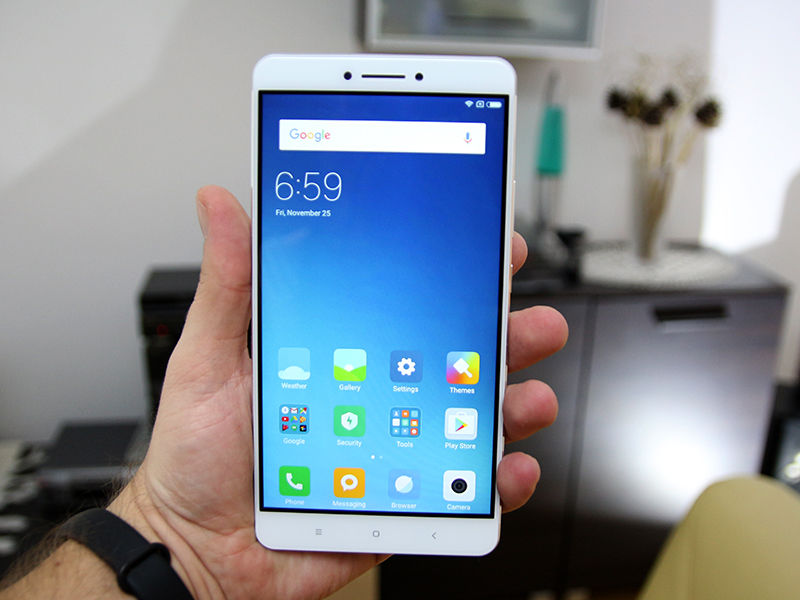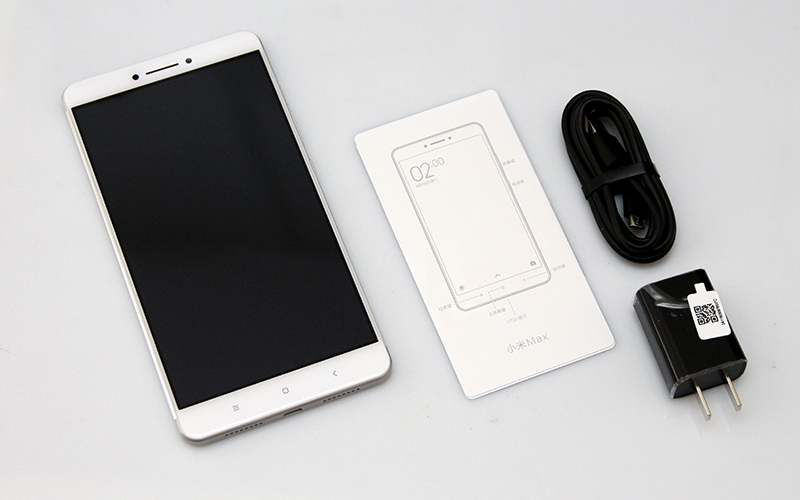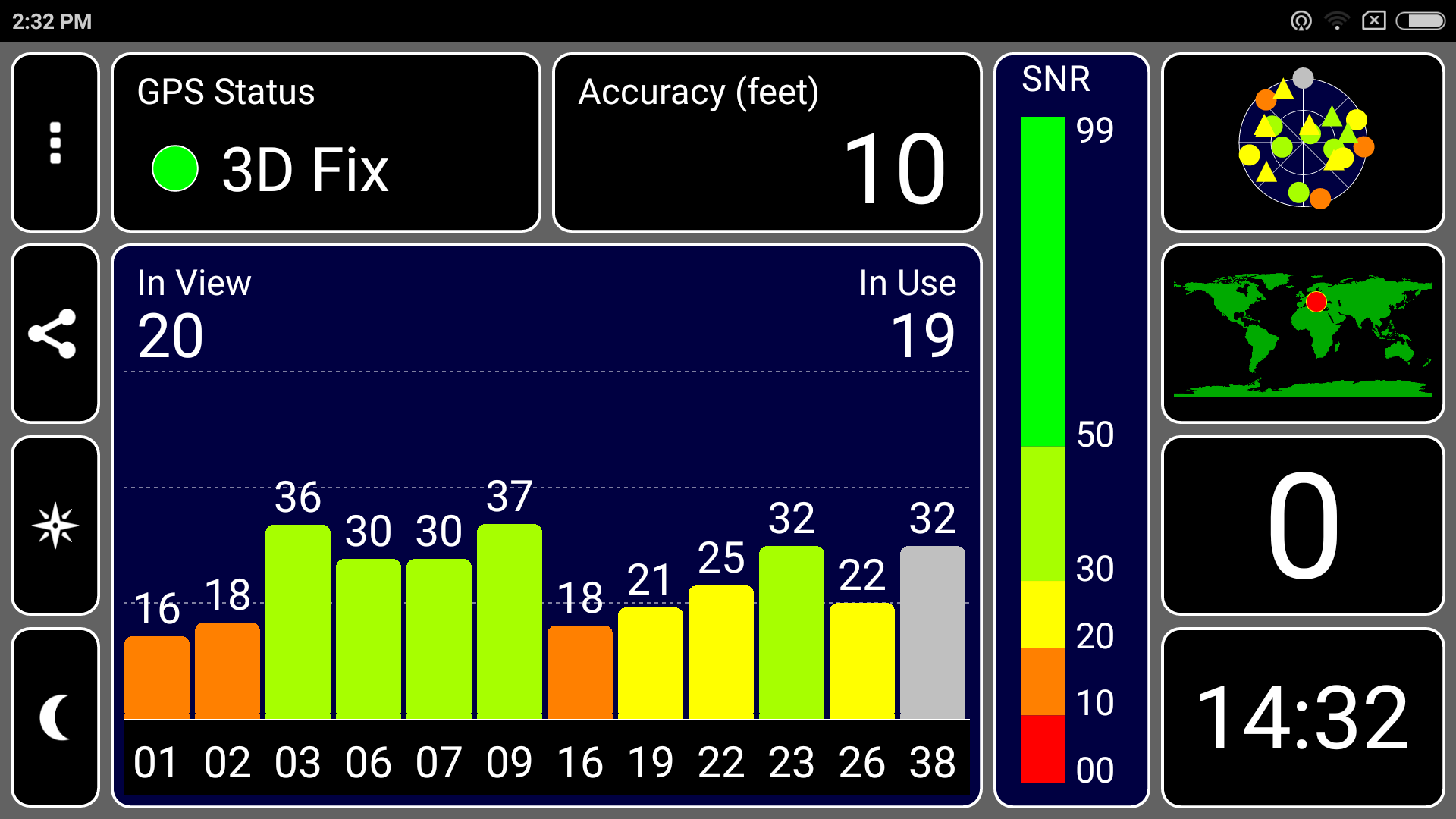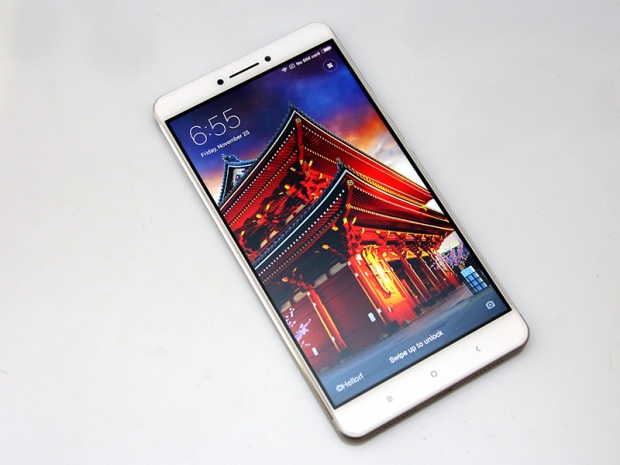Index
OS, UI and Everyday Use
Until now, we were focusing on the hardware, which is more or less standard for 2016 mid-range phones. The big question is how does this 6.44-inch behemoth perform in real life?
MIUI is a rather flexible Android skin and allows for a lot of customization. Unfortunately, this doesn’t extend to certain UI elements that could have made the Max a bit more special compared to the Redmi series. While you get a huge display, you still end up with four rows of icons, just as you would on a 5-inch Redmi. Android apps “see” the Max as a phone, when in reality it behaves like a tablet in many situations, and apps could use tablet layout instead. This is hardly a big deal, and it’s not something we can blame Xiaomi for because it’s mostly an Android thing.
The good news? You can tweak the font size, or change the font altogether. You can use desktop mode in Chrome to enjoy full websites, and still be able to navigate most of them. Hell, you can even head into console and type like a boss. Speaking of which, typing emails is a breeze. Don’t get us wrong. This is still a massive device and it’s definitely not for everyone, but once you really start using it the way it’s meant to be used, you quickly realize that having such a huge display on your phone can be very useful in many situations.
As for the OS, well, it’s Android 6.x with MIUI on top, and we’ve already discussed MIUI on numerous occasions, so we won’t bore you with the details. While we love MIUI for its flexibility and unrivaled customization potential, it can be a source of frustration as well. For starters, MIUI employs very aggressive power management, which is a double-edged sword. It kills off too many apps and services by default, so while you could extend your battery life with such Draconian restrictions, you’ll also lose a lot of functionality. That’s why every new Xiaomi user should check the power options, app settings, notification settings and a few items in the system Security app. You need to make sure power management isn’t messing with your notifications, sync, and autostart settings.
MIUI can be awesome for power users, but if you want to buy a Xiaomi phone for someone who’s unfamiliar with MIUI, they’ll need a bit of hand-holding until they get everything right. This is frustrating, as the default power/security settings are just too drastic. We think Xiaomi would be better off if these restrictions were not implemented by default, but left to each user to sort out as they go.

Time for the elephant in the room – how does the oversized Mi Max behave in the real world?
Quite well, actually, but you have to get it to the real world first, and this can be troublesome. Put simply, this thing isn’t exactly “pocketable” and it can hardly be operated with one hand. At 173 x 88 x 7.5 mm, the Max is the biggest phone we had a chance to test, although we played around with similar oversized phones from Samsung and other vendors. There’s simply no way of hiding its size, but it’s relatively thin, which is a redeeming feature. Despite this, it’s too tall and too wide to be placed in most trouser pockets.
It’s quite heavy too, but 203g is hardly a deal-breaker considering many 5.5-inch devices weigh well over 160g, yet they usually ship with substantially smaller batteries (30 to 40 percent less capacity on average).

In other words, it’s not nearly as bad as it could have been, but the Max is still a huge device. Aside from “pocketability” and portability, the size is also an issue when you start using the phone. While Xiaomi has a great one-hand mode that makes most of its oversized phones a breeze to use with a single hand, this is not exactly true of the Max. Yes, you can still use one-hand mode for some things, but the Max is simply too big to be used with one hand. It’s 88mm wide, about 20mm more than your run of the mill Galaxy S or iPhone.
If you’re always on the move and constantly need to use your phone on the street, the Max is not a good choice. However, if your routine involves long, boring commutes, it can be quite good. Not only does it have a massive screen, but it also has a battery that won’t die if you use your commute to stream video or play games, let alone read books and browse news.

Battery life is excellent, as you'd expect from a 4850mAh unit. The 6.44-inch panel needs a lot of juice, but if you don't have a lot of screen-on time in your daily routine, the battery will easily get you up to three days of conservative use. Even if you're a relatively heavy user, you should be able to go two days without a recharge. The included travel chager does not appear to feature Quick Charge support, so it takes a while to fully charge the phone using the stock charger.

We had no issues with GPS functionality, either.




